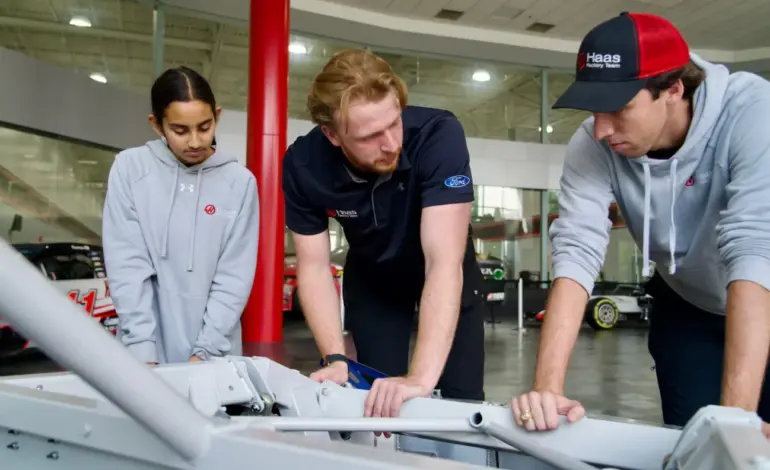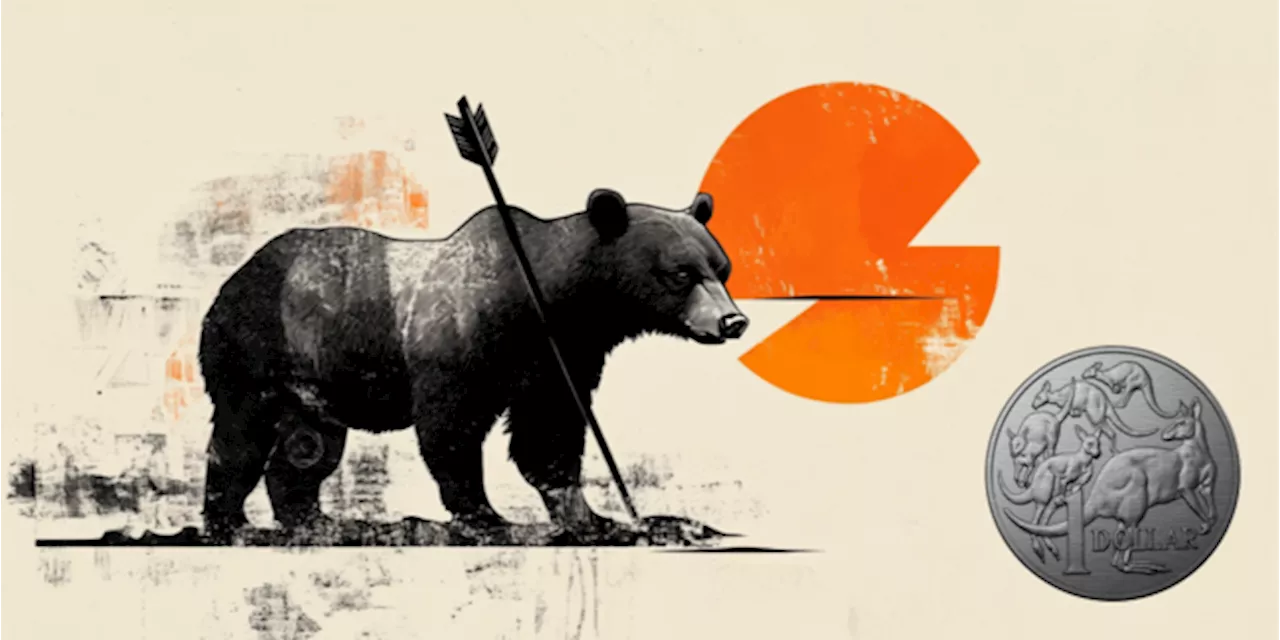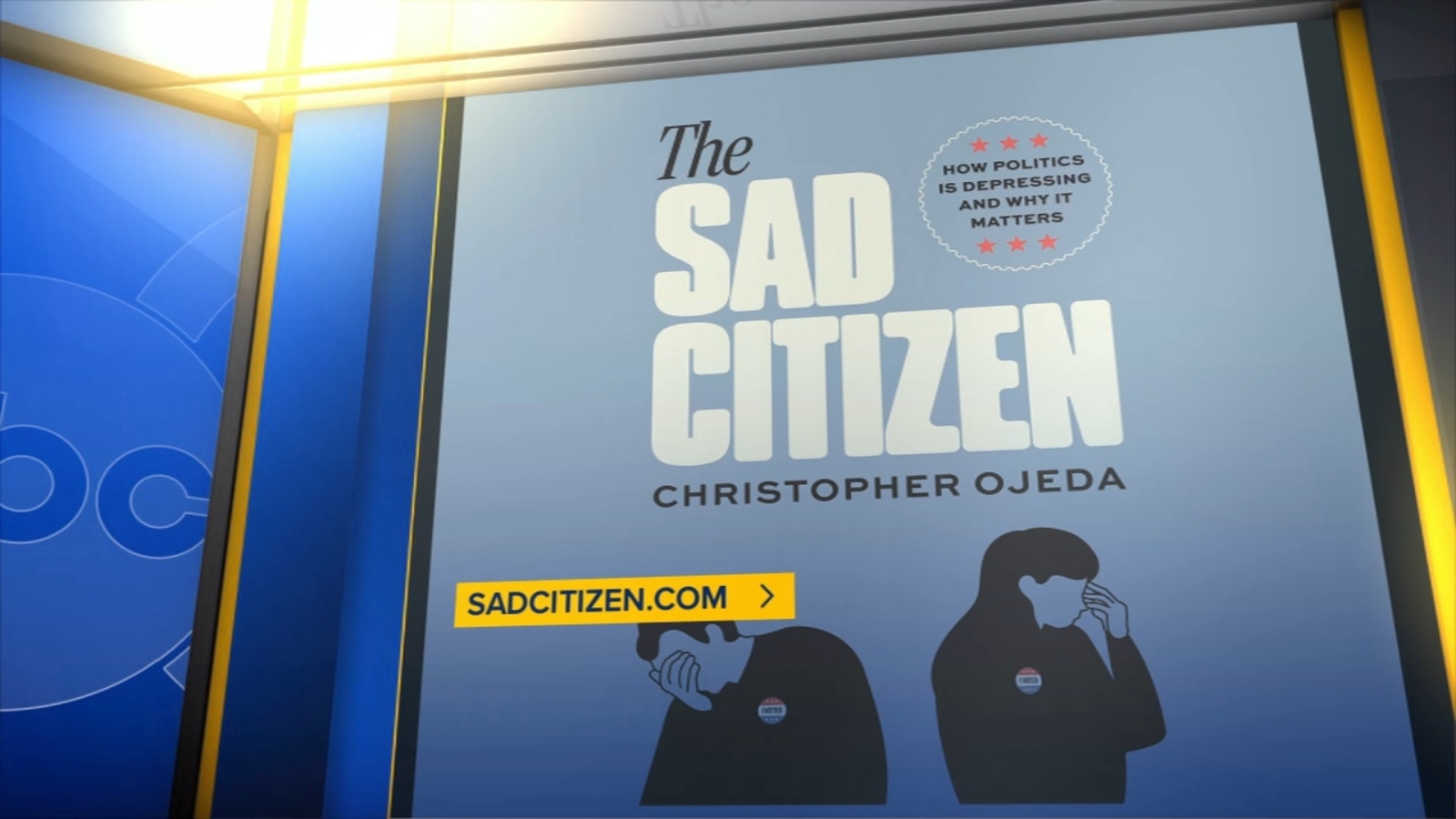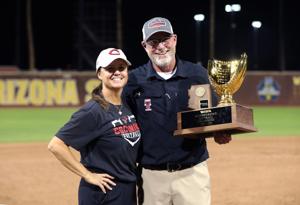Aggies Thrive in NASCAR Internships, Enhancing Motorsports Skills

Three students from Texas A&M University, Poorvi Parikh, Ryan Teichman, and Logan Davis, made significant strides this summer through internships with the Haas Factory Team (HFT) in Kannapolis, North Carolina. Initially, HFT planned to hire two interns, but the exceptional capabilities of the Aggies led the organization to double the number of internship offers. A fourth internship is set to begin in January 2026, underscoring the value these students brought to the team.
The internship experience offered the Aggies an insider’s view of the fast-paced world of motorsports. “I’ll never forget my first day,” said Parikh, a sophomore majoring in aerospace engineering. “Seeing the equipment and tools in the shop was incredible. The initial tour highlighted the precision required in this industry and heightened my excitement for the summer.”
A Partnership Built on Excellence
Joe Custer, president of HFT and the Haas F1 Team, praised the internship program’s success. He noted that the Texas A&M students stood out due to their preparedness and ability to contribute from day one. “They came in prepared, added value immediately,” Custer stated. Their readiness allowed them to engage in projects that had a direct impact on the team’s operations, particularly in engineering support.
Matt Chambers, who oversees metrology and quality control at HFT, echoed Custer’s sentiments. He highlighted that the interns filled essential roles and completed projects that otherwise would have been sidelined due to time constraints. “The Texas A&M interns were definitely near the top of the pile. Their maturity and work ethic were impressive,” Chambers said. “They excelled at their projects, learning quickly and adapting to new software with minimal guidance.”
Real-World Applications and Challenges
The interns quickly transitioned from classroom theory to practical application in a demanding environment. They engaged in engineering projects that had immediate implications for the team, showcasing their ability to add value without extensive training. “We had them working on projects within a week or two,” Chambers explained. “They proved they could be trusted to provide accurate information.”
Davis noted the difference between academic problems and real-world challenges. “In class, we often deal with theoretical problems. At HFT, I was involved in hands-on engineering challenges, allowing me to channel my creativity to find effective solutions,” he said. Teichman, a senior mechanical engineering major, added, “In practice, problems are often more open-ended, requiring a broader perspective to find solutions.”
The internship also exposed the students to the unique demands of the motorsports industry, where speed is crucial. “NASCAR turnaround times for design and implementation are incredibly fast-paced,” Davis observed. “Every component must be precise, as it directly affects vehicle performance. Quality control is essential.”
Parikh highlighted the rapid pace of the work environment. “With races occurring weekly, many tasks must be completed in short timeframes to prepare the fastest car possible. I also learned how to model parts set for manufacturing.”
Teichman described his experience using technology for the first time. “I participated in the post-race measurement process for brake components and communicated information to the crew chief. I also printed parts I designed in CAD for the team.”
Building Connections and Professional Networks
Beyond technical skills, the interns forged lasting relationships. “I gained a second family at the shop and met many coworkers who will be lifelong friends,” Davis said. He emphasized the importance of effective communication and teamwork in achieving shared goals. “A great team sets clear objectives, encourages individual creativity, and supports each member’s role.”
Parikh reiterated the importance of efficiency and communication in a fast-paced setting. “Being part of a high-performance team is inspiring. It has given me a new perspective on what it takes to succeed in this industry.” Teichman appreciated the immersive experience, stating, “I witnessed car dynos, pit crew practices, and the setup of a car, all while understanding the pressure of tight deadlines.”
The interns’ contributions greatly benefited HFT, impacting critical aspects of the team’s operations. Custer expressed hope that the interns would return to Texas A&M to share their experiences, encouraging more students to explore careers in NASCAR. He noted that each Texas A&M intern was viewed as a high-caliber individual whom HFT would welcome back.
Chambers was so impressed with Davis that he offered him a position in the quality control department. However, Davis chose to pursue an advanced degree at Texas A&M this fall. This partnership with HFT exemplifies Texas A&M’s commitment to providing students with opportunities to apply their knowledge and expand their professional networks.
Texas A&M University is a season-long associate sponsor of the No. 41 HFT Ford Mustang, driven by Cole Custer, and was the primary sponsor during the Coca-Cola 600. The university also appeared on the uniform and helmet of Felix Rosenqvist, one of INDYCAR’s prominent drivers.





